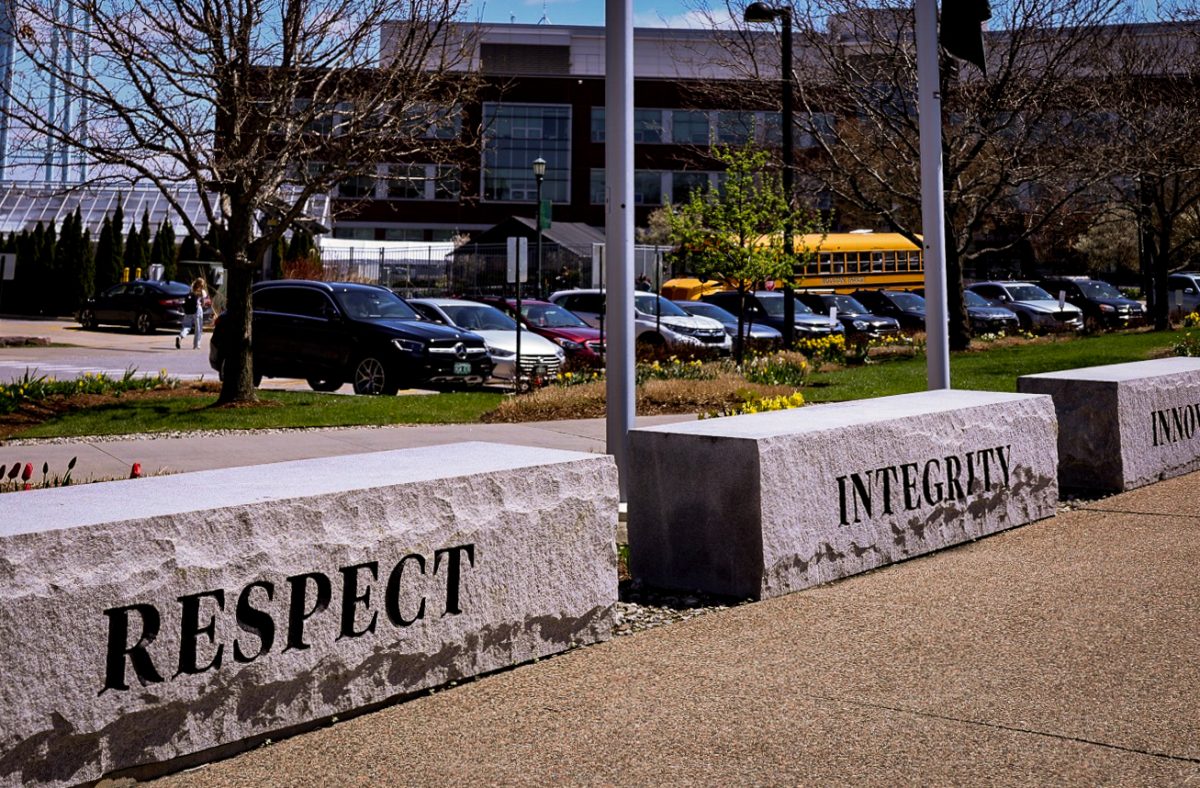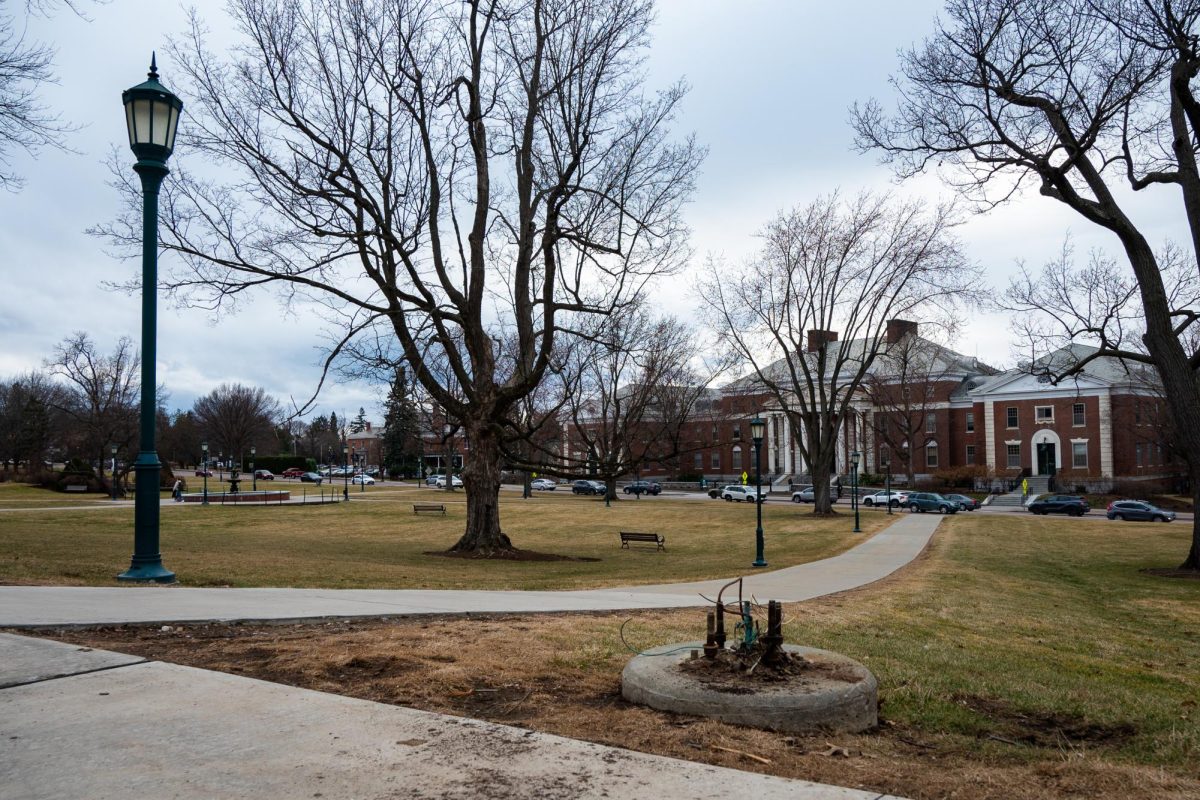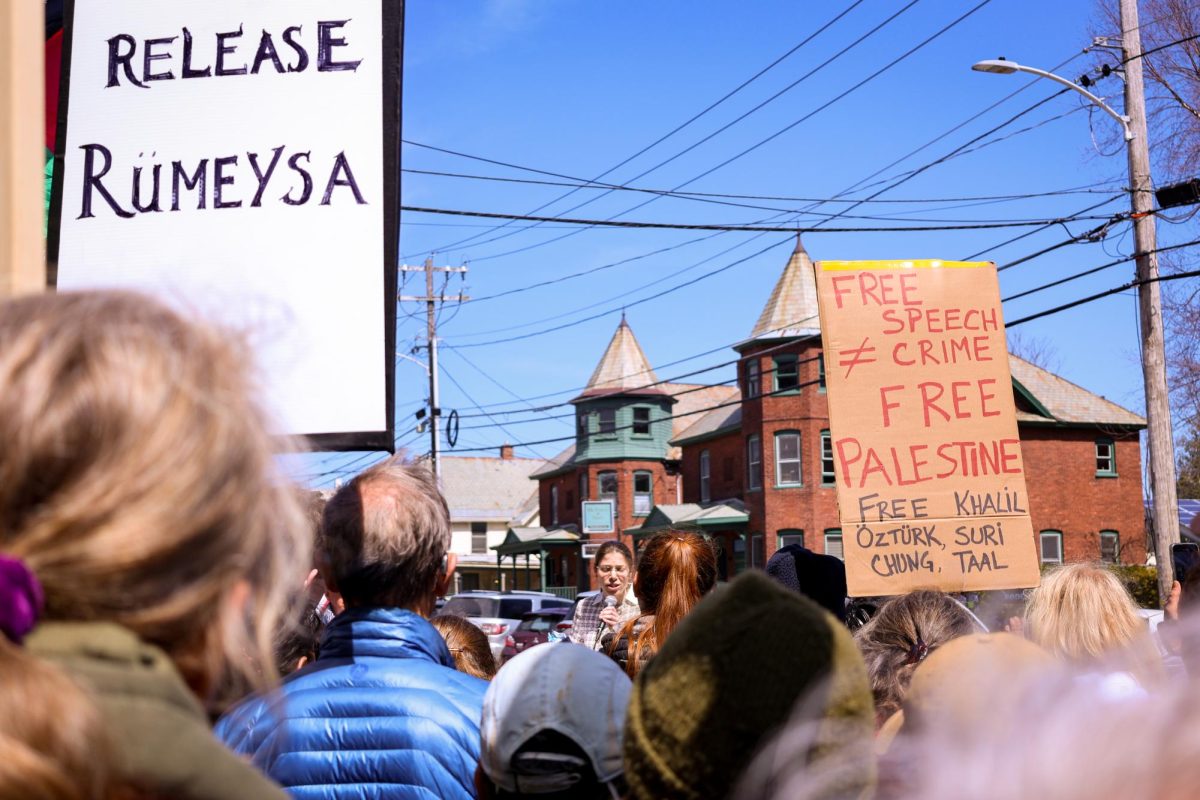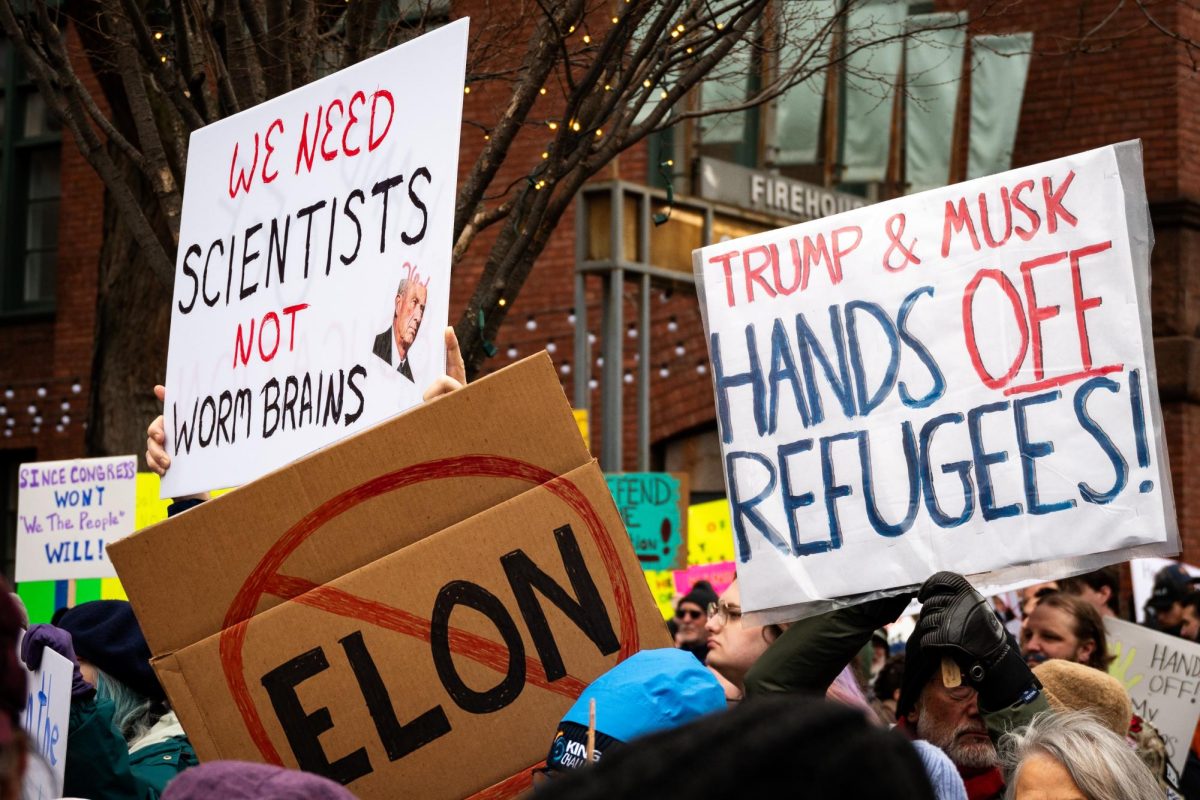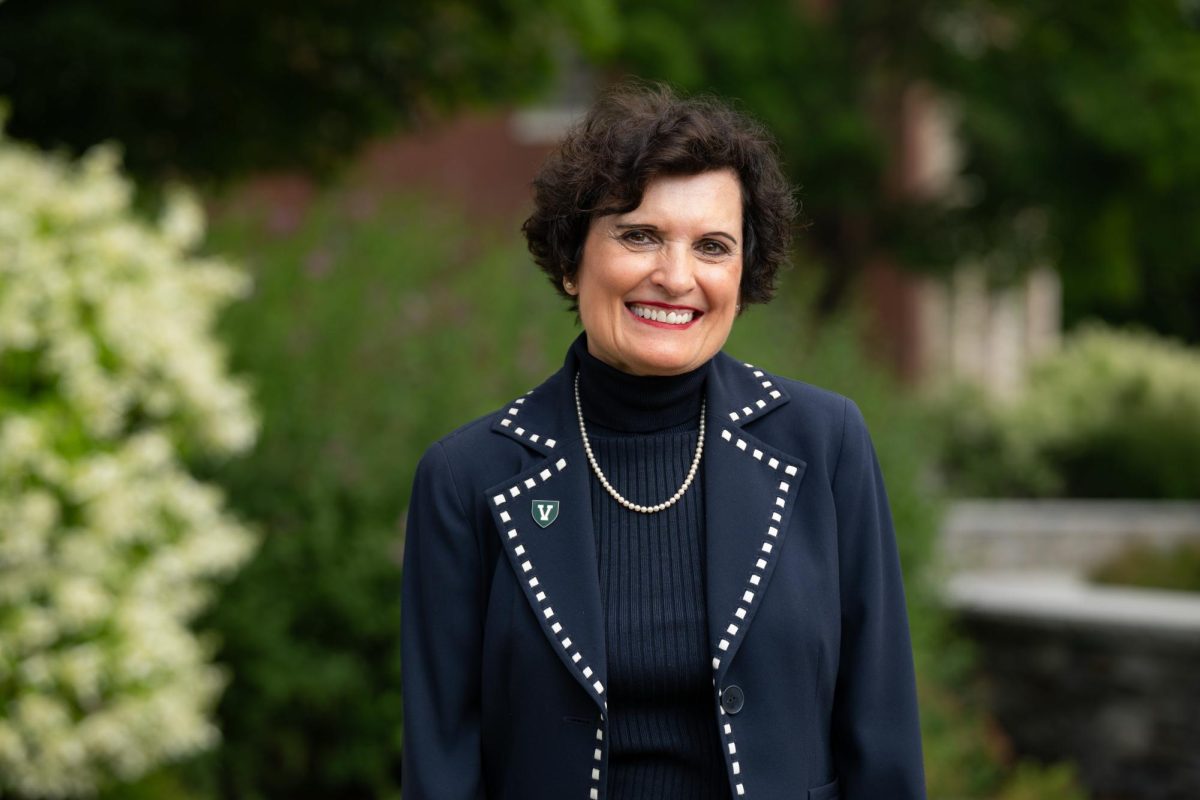In February 2007, J. Michael Gower, former UVM vice president of Finance and Administration, chartered the Emergency Management Planning Working Group to develop a University response plan for an influenza pandemic. The plan would focus on responses for a multitude of university functions – specifically academic and research continuity, health and safety, enrollment management and student affairs.The formation of the Working Group, the University’s response plan was scheduled to be complete in December of this year, according to a University Communications memo. The Working Group includes undergraduate and graduate students, faculty, staff, and administrators from across the University, and is led by Al Turgeon, Executive Assistant to the Vice President of Finance & Enterprise Services. Turgeon said that “the academic and research continuity portion of the plan is just about done.” When complete, the provost, the president, and governance organizations on campus will have opportunity to make revisions and comment on the plan. At that point, halfway through next semester, according to Turgeon, the University’s response plans could be shared more widely. A Matter of TimeThe World Health Organization (WHO) defines an influenza pandemic as “a new virus [that] appears against which the human population has no immunity, resulting in epidemics worldwide with enormous numbers of deaths and illness.” To help classify pandemics ,the WHO has a six-stage pandemic rating scale, ranging from no known pandemic virus to an “efficient and sustained human-to-human transmission.” Following the outbreak of the H5N1 strain of avian flu and the limited transmission to humans, the WHO is currently at the third level of the pandemic stage. This entails human infection with “new subtype but rare or no human-to-human transmission.” Describing the effects of an influenza pandemic, Dr. Jon Porter, director of the Center for Health and Wellbeing at UVM, said, “Most symptoms would be similar to your common flu, only with high mortality rates and an even higher infection rate.” The seasonal flu typically infects the respiratory tract, with a small amount of patients describing gastro-intestinal illness as well. “Most pandemics come in waves, as the virus itself mutates and transforms to conform to the human population. This obviously will result in the virus affecting large amounts of people,” said Porter.Porter said that “the University is taking [the potential for an outbreak] very seriously.”However, he remained optimistic about the measures being taken. “There have been a lot of developments in technology since the Spanish flu, which could help lower the chance of widespread infection. This, and the University’s groundwork for the pandemic, should give some hope,” he said.UVM’s Current PlanThe University’s current plan, which can be found on the University’s Emergency Management Web site, is “a baseline plan for the University to work around,” said Mary Dewey, director of Risk Management and member of the University’s Emergency Operations Group.”Once there is a small-scale outbreak, particularly in the United States, we will shut down most operations and start evacuating students,” Dewey said. “We will mostly be operating under both the State Health Department and the Center for Disease Control,” he said. In its current plan, the University would suspend most classes and put into place social distancing measures, such as banning large public gatherings and handshakes. Pending final approval, the University would transition the the semester’s course work to remote instruction, such as Blackboard. If there was too much coursework, the University might close the semester out early. Pending approval of the president’s policy team, is the issue of tuition in light of a pandemic flu response. In its current form, the University would not refund tuition upon suspension of academic classes, except in the case of a student’s death. Students would be expected to complete the semester via remote instruction. Students not able to evacuate due to infection at home or travel restrictions due to the government suspension of international flights, would be allowed to stay in the residential halls. Annie Stevens, assistant vice president of Student Life and co-chair of the Emergency Operations Group, said, “The University would do the best to ensure the safety of its students [during the pandemic].” “Obviously, international students would not be expected to leave and the University would help them out … the pandemic would change our lives as we know it,” Stevens said. Porter said that the University was “not planning” for a large number of students to be on campus, saying, “Most students would most likely want to be home with their families during that time.” Turgeon described the plan as the first step of a number of steps at the University-wide level. “We have been planning for this pandemic now for two years … It became clear that we needed to stop the planning in all of the groups except both academic and research continuity … Following our response to [academic and research continuity] all the other pieces fall into place,” he said. “If we all realize that we have a responsibility to prepare for this, then we may be able to stave off catastrophe,” Turgeon said.
Categories:
UVM prepares for pandemic, but outlook remains grim
November 17, 2008
0
More to Discover


